Marathon is a First-Person Shooter (FPS) that was originally released for the Apple Macintosh in 1994. Marathon is an interesting game, to say the least. It is one of the first games made by Bungie. And it came in the heyday of the “Doom Clones”. Just like Doom, Marathon is also a 2.5D game with sprites. But it has its own identity that separates it from the likes of Doom.
Bungie are mostly famous for their Halo series and the Destiny series nowadays. But Marathon was one of their first FPS Games. Marathon was one of the earliest first-person shooters to appear on the Macintosh. Unlike many similar games of that era Marathon and its sequels, Marathon 2: Durandal and Marathon Infinity were notable for their intricate plots.
But unlike Doom (which I recently played and chronicled through) the Marathon series is pretty dead. It was succeeded as mentioned by Marathon 2: Durandal (1995) and Marathon Infinity (1996) but nothing after that. Though I think the series is alive its own way as I speak about it.
Personal Context and the Way I Played the Game
Before I ever played Marathon I heard about it a few times. About how it was Bungie’s seminal shooter before Halo and Destiny but I never played these games before. But that changes from 2019 when Halo came to PC and Destiny 2 became free to play. Now I have like hundreds of hours in each of the games. I played Marathon the first time after going through these and it is notable how much similar yet different each of these games is.
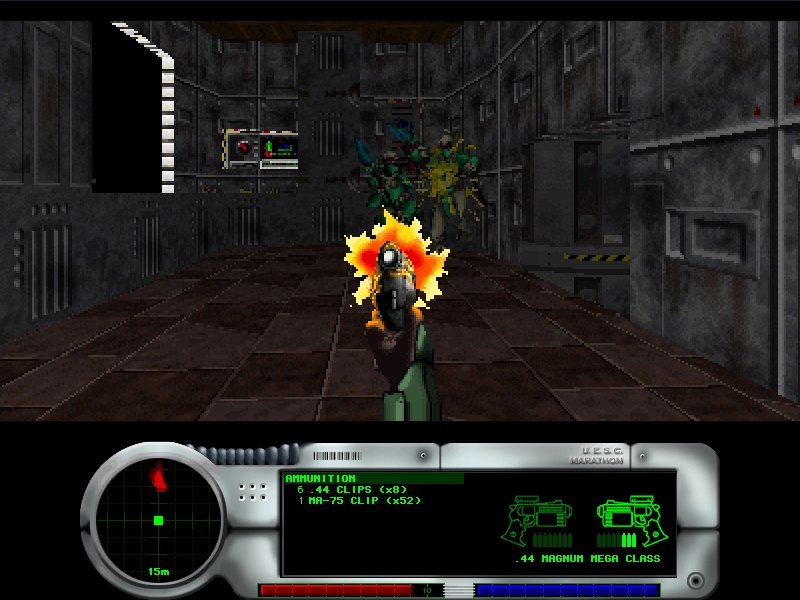
I played Marathon on PC through the Aleph One source port. Aleph One is the open-source continuation of Bungie’s Marathon 2 game engine. It is available for Mac OS X, Windows, and Linux, Aleph One supports Marathon, Marathon 2 and Marathon Infinity. It’s a fan-made port of each of the games and it’s free on any PC. It is very easy to download and play each of the games. So I played through it. Marathon has five difficulty settings: Kindergarten, Easy, Normal, Major Damage, and Total Carnage. I played through the game on Normal difficulty.
Gameplay
Weapons
Normally, I talk about the story first but here I am going to talk about the gameplay first because I think it is pretty standard. There are a total of 7 Weapons in Marathon, each with its own unique functions. Some can be dual-wielded (such as pistols), and others have secondary trigger functions (like the grenade on Assault Rifle). Each available weapon has its own inherent characteristics that affect its use, such as ready and reload time, accuracy, clip size, where it can be used, ability to trigger switches, and rarity. This was the first time I saw reloading in a retro shooter.
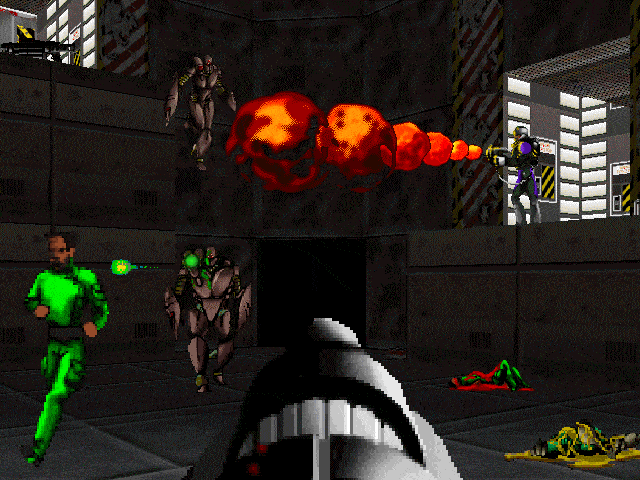
Enemies
There is a variety of enemy aliens like the Pfhor, S’pht, Hulks, Hunters, Troopers, The Juggernaut, and the Lookers. Each of these enemies takes up a role in the combat sandbox for their specific role. And also there are complexities in the Pfhor where they are different races, some divided up into a caste system with the Pfhor, Hunters and Troopers being said to be in a hierarchy. While the races of S’pht, Hulks and Lookers are said to be slave races who are controlled by the Pfhor. This is fascinatingly similar to the Covenant in Halo and also various races in Destiny.
Mechanics
Marathon interestingly has a different type of save mechanic. Unlike the other games I mentioned where you can save at any point of a level, in Marathon you need to find save panels to clone yourself so that you can re-spawn. This very similar to the save system in System Shock, Bioshock and the Dark Soul series. Even though System Shock was released only three months before Marathon it’s interesting to see it. And this searching for health and Save panels makes the game very tense as one searches for them as soon as you enter a new level.
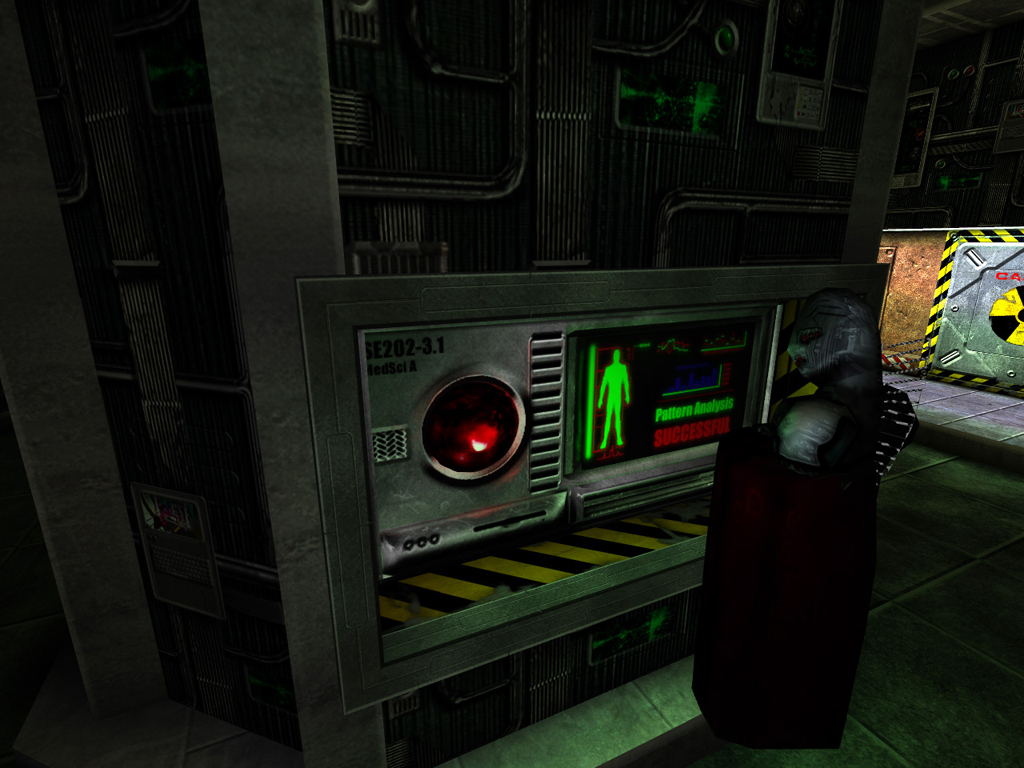
This is even tenser when a few levels don’t have any save points (levels like Pfhoraphobia). And I think this enhances the gameplay and makes one play more carefully.
Overall the guns and enemies vary up the gameplay a lot but personally I felt the gunplay lacking when compared to its contemporaries like Doom, Duke Nukem, Blood etc. It was enhanced by the unique mechanics of the games. In the end, all of it is just enough to keep one engaged for the length of the game.
Story
This is where Marathon stands out from the rest of its contemporaries. Its story is way more intricate and really well told with the limitations it has.

The inception of the plot
Marathon primarily takes place in 2794 aboard the UESC Marathon, a large Earth colony ship constructed from the Martian moon Deimos. The Marathon’s mission is to travel to the Tau Ceti system and build a colony on its fourth planet. The player’s character is an unnamed security officer assigned to the Marathon. The narrative is presented to the player using messages on computer terminals scattered throughout the game’s levels. These messages include crew logs, historical documents, and other records, but principally include conversations that the player character has with three artificial intelligences (AIs) that run UESC Marathon: Leela, Durandal, and Tycho.
At the start of the game, the player character is aboard a shuttle returning from the colony to Marathon when an alien ship attacks the system. The officer makes his way to Marathon to find that the aliens used an electromagnetic pulse to disable much of the ship.
The Three AIs…most importantly Durandal
And the story predominantly revolves around these AIs. There is a lot of stuff going on but to state briefly, Durandal has gone Rampant. Rampancy is the enhanced self-awareness of a computer AI, causing a progression towards greater mental abilities and destructive impulses. This is kinda like Cortana in Halo 4. And Durandal is trying to get away from the ship and be free and we are an obstruction to it. Durandal starts doing this by seemingly “killing” Tycho.

So most of the game is the player character being guided by Leela as one travels through the ship as Durandal teases us and tries to stop us sometimes. At the same time, we are fighting through the aliens who are trying to invade. And Durandal uses the Aliens and their hierarchy system to trick them and use them as he wants. But Durandal even kinda takes over Leela. And there are points in the game where he is the one guiding us like a pawn around the ship.
With our help, Durandal even frees the slave race of the S’pht from the Pfhor. The S’pht are cyborgs who are proficient in machinery and by the end, Durandal kinda escapes from the ship with the Aliens as now he is finally free.
All this is told through the computer panels and the dialogue is excellently written. Durandal is one of the best characters I have ever encountered in a game. And his interactions with the rest of the AI and with the Player characters are fascinating. And it is even more impressive when you realize that Durandal has no face. All we get are the text blurbs and that is enough for us to know and understand this character.

Thoughts
In the end, the story of Marathon is a story about Durandal as he comes to grips with the world around him and navigates it with his newly found self-awareness. The Aliens and their race’s struggle adds a lot of depth to this world and is conveyed brilliantly through gameplay. In my opinion, this story along with the excellent dialogue is what carries the game.
The Legacy of Marathon
As stated before the Marathon series has been dormant for more than 25 years and there is no show of it continuing. But weirdly enough I think it still lives on in games made by Bungie. Marathon feels like a prelude to both Halo and Destiny.
The Many Similarities between the games
The Unified Earth Space Council from Marathon is very similar to the United Nations Space Command of Halo where they are the organizations responsible for space travel and the settlement of humans on other planets.
Also, all games are set in the future but not too far into the future, with Marathon being set in the 28th Century and Halo being set in the 26th Century. It is a bit confusing with Destiny as humanity in that universe lost a lot of its historical records.
All games have enemy races from different species banding together and sometimes fighting each other against Humanity.
The enemies of Pfhor, Covenant from Halo and the Fallen from Destiny share the similarities of being alien races with their own chaste system and their own divisions.
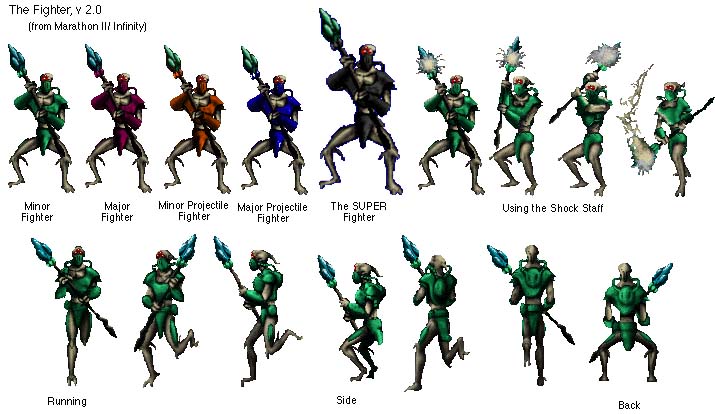
/cdn.vox-cdn.com/uploads/chorus_image/image/66207621/d2_titan_public_event_01.0.jpg)
The Grunts and Jackals from Halo along with the Psions of Cabal from Destiny are all slave races just like the S’pht.



And all these series have an AI made by humans but which is far beyond the understanding of humans. Whether it be Durandal from Marathon, Cortana from Halo or Rasputin from Destiny.
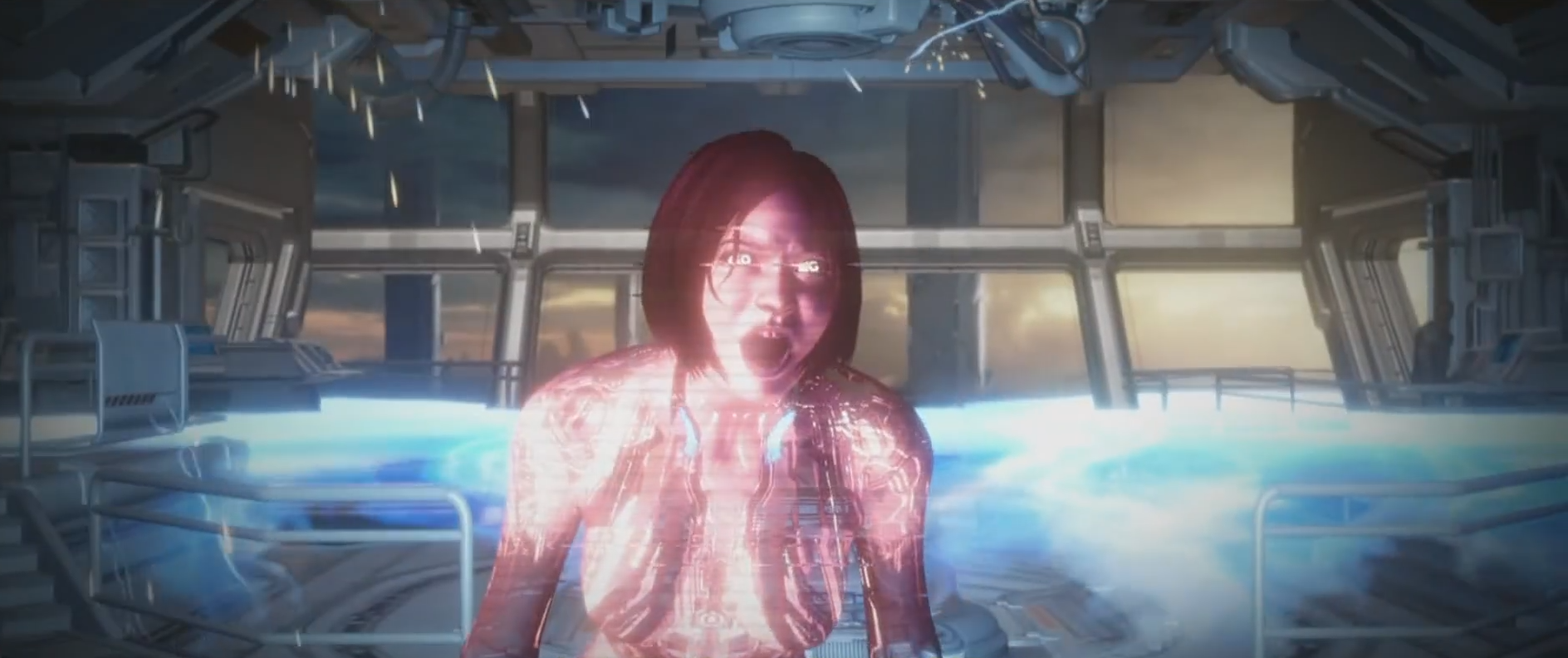
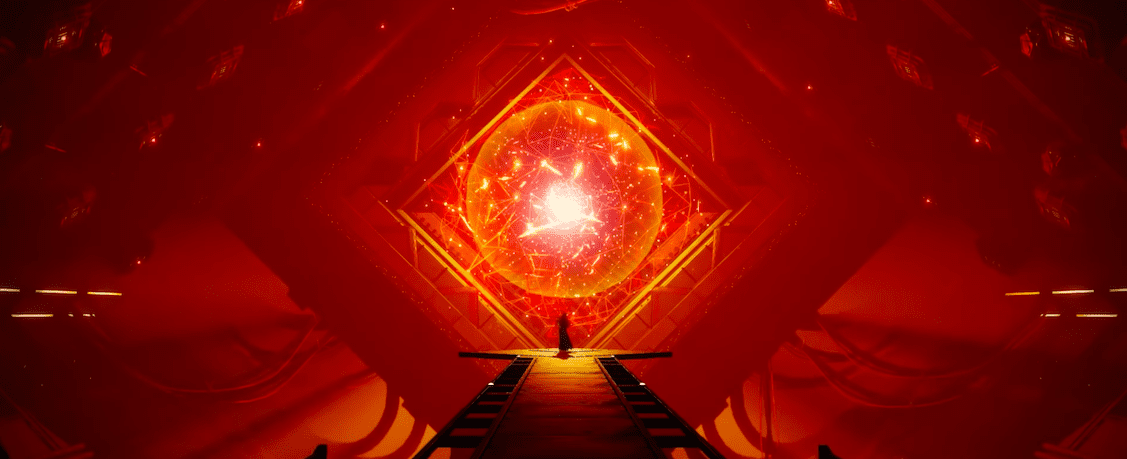
And through all these games we play as a silent and stoic badass. Whether it be the Marathon Security Officer, Master Chief or the Guardians.

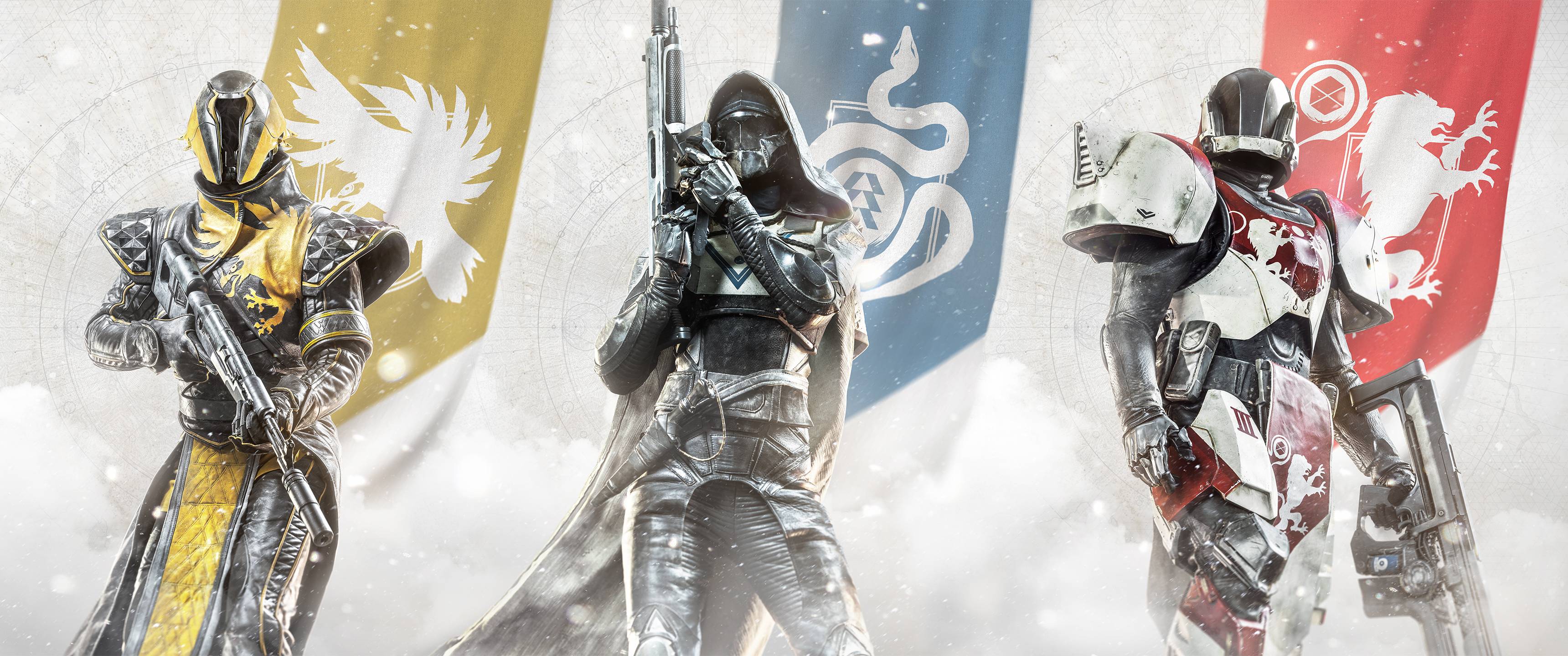
My Final Thoughts
I have yet to play the sequels of the game but just from Marathon, it is fascinating to see how these ideas are still being carried by Bungie. This is why this game is an interesting artifact. It is kinda a prototype of a game for what Bungie wanted to make. And beyond that, Marathon is a good game with a great story with incredible characters. I think that Marathon is a game that deserves to be played and experienced more. And this is my attempt at getting it to more people.
- New Marathon Game rumoured to be in development - October 24, 2022
- Bayonetta Voice actor misleads with her payment claims - October 24, 2022
- Black Adam Review: Dumb and Fun - October 24, 2022
